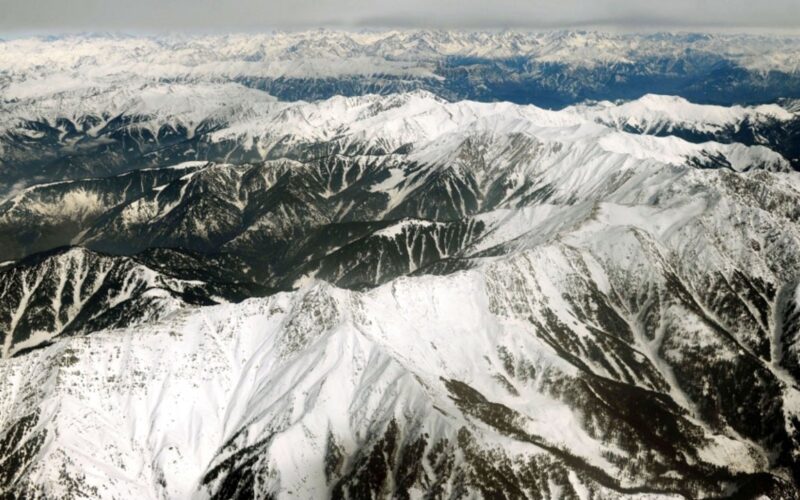November 13, 2022 – Pollution of the Indian Ganga Plain (IGP), including Delhi, is deteriorating the health of the mountains. Burning of Parali, fumes from vehicle fuel, and dust particles reach the Himalayan regions in two to three days. Moreover, due to the decrease in temperature and moisture in winter, the polluted elements are moving with the air in the valley areas, which is not suitable for the health of residents and flora.
According to the Indian Institute of Tropical Meteorology (IITM), pollution in the Himalayan region has tripled after the monsoon. The situation may worsen in winter. According to experts, alternatives have to be found to avoid pollution, so everyone must work together.
IITM and HNB Garhwal Central University are studying the status of black carbon in the Himalayan region. According to Dr. Atul Kumar Srivastava, Senior Scientist of IITM Delhi, the northern region is surrounded by the Himalayas. Therefore, whatever pollution is emitted here circulates in the atmosphere due to low temperatures in winter and stays near the surface.
The Problem of Haze
When the strong wind season begins before the monsoon, the pollutants reach the Himalayan regions in the air in two to three days. He said that these pollutant elements keep roaming in the valley areas due to low temperatures in winter. Due to this, people in the valley areas have to face the problem of smog.
In summer, these elements reach the higher Himalayan regions, which is not suitable for the health of the glaciers. That’s why government must make a policy to stop carbon emissions and harmful elements. Vehicles should be used to a minimum. Also, such fuel will have to be used, which emits less carbon. Dialogue
The data of black carbon that has been received, is describing a very bad situation. In summers it was 4 to 6 micrograms per cubic metre. It has reached around 12-15 micrograms per cubic meter in October. That is, there has been an increase of two to three times. This is because of fuel for vehicles, stubble burning and other activities.
Doctor. Atul Kumar Srivastava, Senior Scientist, IITM Delhi
